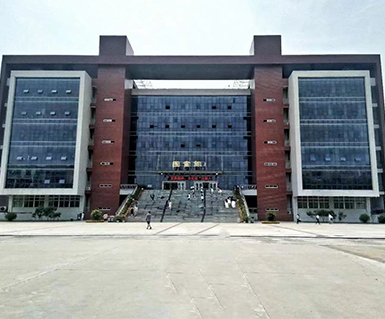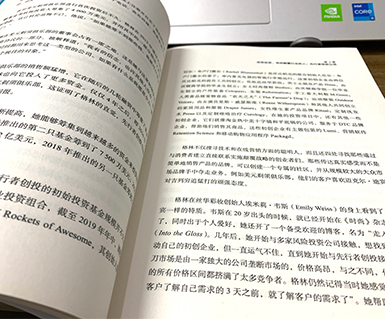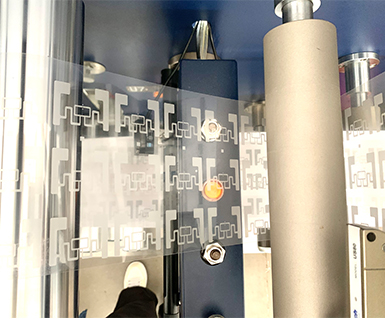2022-08-31 16:40:18 Hadesheng View: 596
With the continuous progress of the times, the consulting culture has become more and more developed, and the phenomenon of knowledge economy has become increasingly prominent. The library has become an important place for consulting services. On the one hand, due to the large number of people in and out of the library and the large number of books in the collection, the medium and large-scale libraries often encounter problems such as book theft, long-time queuing to borrow and return books, and unable to count books quickly and accurately. How to give full play to its functions effectively and in a brand-new style is the primary problem that the all-round development of the library in the cross centuryera needs to face.

The traditional book management is manual or bar code, and the disadvantages of bar code in managing a large number of books are obvious: the existing book borrowing and returning process still needs to manually open the title page of the book and find the bar code position before scanning the bar code. This operation process is still cumbersome, and the efficiency of borrowing and returning books is relatively low. At the same time, the bar code is easy to be damaged, which will not only affect the efficiency of borrowing and returning books, but also affect the satisfaction of the borrower to the library;

Relying on manual book inventory work, especially the inventory work of books on the shelf is too heavy and inefficient. When taking inventory of books on the shelves, librarians should classify, place and record the books according to their own memory, which is time-consuming and hard to achieve; The library anti-theft system is still an isolated anti-theft system. Before the books are returned and put on the shelf, they need to be magnetized. When the books are lent out, they need to be demagnetized. The workload is large, which directly affects the efficiency of book circulation and book management. When the lost books are found, the information of the lost books cannot be recorded, which has a great impact on the dailyinventory and vacancy filling of books;

Due to the repeated work of the library staff and the heavy work of the library itself, it is easy for the library staff to have some negative thoughts about the library work;
Due to the defects in the management, the library managers are also troubled by the management of the library. In addition, the borrowers are also dissatisfied with the library,resulting in the decline of the library staff's satisfaction with the library work.

The RFID electronic tag technology is used to realize the automatic data collection function, and the library self-service borrowing and returning, book inventory, book shelving, book retrieval, book theft prevention, library card management, library card issuance, collection information statistics and other functions are realized in combination with the database and software management system. Based on RFID technology and using RFID middleware as the medium, the system realizes the organic combination of advanced RFID technology and book management methods, provides a very effective technical means for the management of the library, organically combines advanced RFID technology, database technology and book management system, and provides readers with more convenient and quick intelligent services such as book borrowing and returning, inquiry and other services, At the same time, the double information of reader information and borrowed books is recorded, and the unified management of the whole informatization process is realized.
The electronic label scheme of Hadesheng library is to bond the antenna and inlay first, and then conduct composite die cutting of the blank label and the bonded inlay through the die cutting station. If it needs to be made into a self-adhesive type, it needs to add adhesive and backing paper. If it is made into a tag, the data processing of the tag can be directly carried out, and the finished RFID tag can be directly applied in the terminal.
The use of RFID technology to effectively improve the service level of the library is mainly reflected in the following aspects: first, to achieve rapid positioning in the library and quickly find books; 2、 Simplify the process of borrowing and returning books, realize the intelligent process of borrowing and returning books, improve the security of information storage, the reliability of information reading and writing, and the speed and speed of borrowing and returning books; 3、 Improve the satisfaction of the borrowing staff, and at the same time liberate the library staff from the daily heavy repetitive work; 4、 Improve the work efficiency of the staff. The application of the library management system will effectively reduce the workload of the front-line staff, improve the work efficiency and enhance the collection management ability; For book counting, RFID readers can read several RFID tag data at a time, which improves the work efficiency of document counting and reduces the counting workload.

The use of RFID tags has many advantages, such as: the data can be updated, the data can be transmitted quickly, the data can be read at the same time, the data storage capacity is large, and the data can be reused. It can be seen that RFID is very few in the management of books, and RFID will become its research and development direction in the application of various fields in the future.
